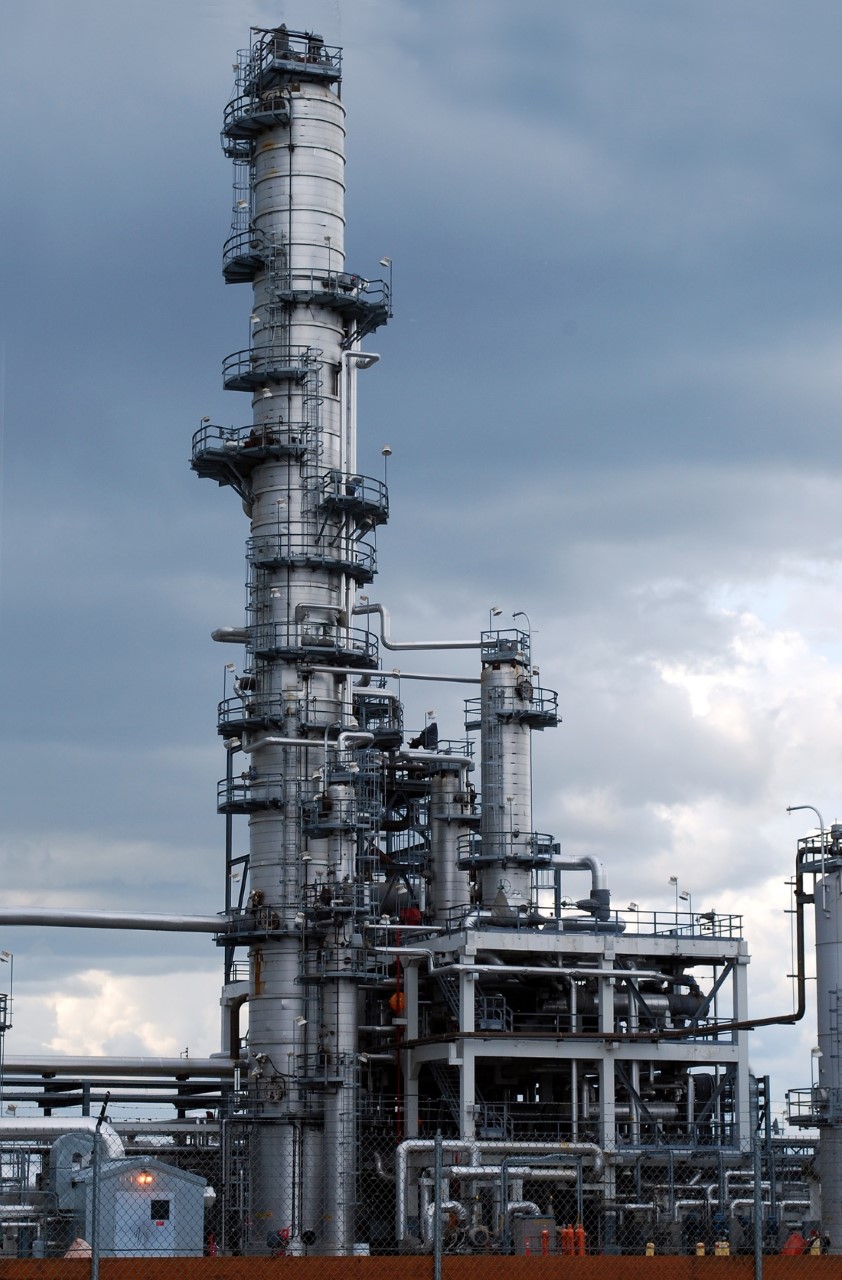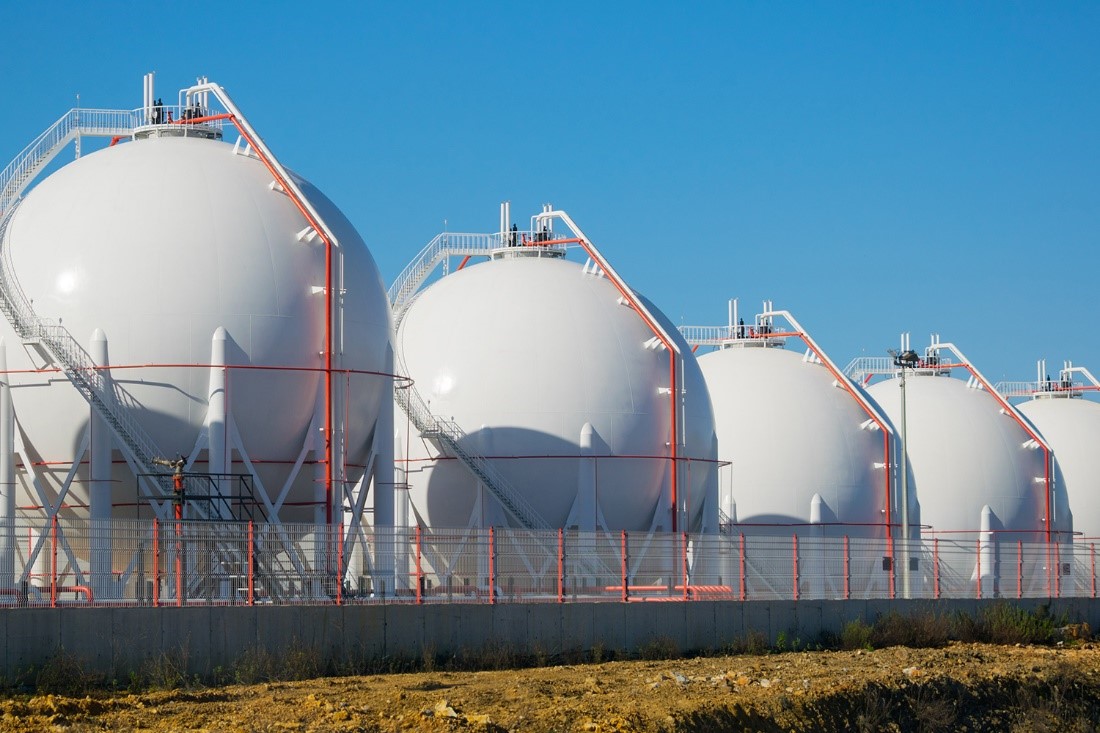Sulzer Chemtech's GT-LPG Max® Licensing technology helps Hanwha TotalEnergies Petrochemical (HTC) boost its profitability and sustainability
Hanwha TotalEnergies Petrochemical (HTC)'s recent investment in Sulzer Chemtech's GT-LPG Max® licensed technology has enabled the company to enhance the gains from its off-gas flare system at its Daesan, South Korea plant, ultimately resulting in reduced emissions and strengthened support for the chemical industry. The GT-LPG Max® technology maximizes LPG recovery from fuel gas by a single column and has proven to be a valuable tool for operators seeking to improve their efficiency and sustainability. Sulzer Chemtech is proud to have played a role in HTC's success and is committed to developing innovative solutions that advance the industry's decarbonization goals.
Minimizing off-gas
The off-gas flare system at Daesan integrated refining and petrochemical complex was a matter of concern for HTC. This facility disposes of waste off-gas streams from the two aromatics units for paraxylene (PX) production and generates fuels, for example for heating purposes within the plant. However, sometimes the fuel generated exceeds the refinery’s requirements, resulting in either fuel loss or the need to reduce the load of the two aromatics plants, leading to a reduced PX capacity that would ultimately affect revenue.
The global manufacturer of high value-added chemical and energy products wanted to improve the profitability of this train and reduce surplus fuel or its loss, minimizing the quantity of off-gas directed to the system without limiting its PX production. To this end, HTC contacted Sulzer Chemtech, the leader in separation and mixing technology, in order to identify a suitable solution that would achieve this goal. The company’s process specialists suggested that a considerable reduction of the streams headed to the off-gas flare system while maintaining PX peak performance could be achieved by extracting liquefied petroleum gas (LPG) components.
These include key resources such as propane (C3), butane (C4), isobutane (iC4), pentane (C5) and condensates (C5+). In effect, waste off-gas could become a byproduct, with C3 that could be used as feedstock for the plant’s cracker unit, while the other hydrocarbons could support downstream activities by chemical processors. As a result, HTC could recover valuable chemicals and expand its product portfolio, increasing profitability.
All in one
Sulzer Chemtech’s GT-LPG Max represented the ideal technology to support this project, as it is designed to recover LPG from off-gas mixtures and separate three or more streams to obtain multiple valuable chemical components. Even more, this takes place within a single dividing wall column (DWC), which can act simultaneously as a deethanizer and depropanizer tower.
As a result, this installation features a compact footprint as well as minimizing capital expenses (CAPEX) and operational expenditure (OPEX). The savings are optimized further when considering that the setup can achieve high recovery rates at lower operating temperatures and pressures compared to traditional trains using separate deethanizer and depropanizer units.
For the GT-LPG Max licensed solution to perfectly match HTC’s requirements, Sulzer Chemtech’s experts developed a custom design. This was specified to process 29’000 kg/h of off-gases from two aromatic units, recovering high volumes of 88% of C3 with a purity of 94.0 mol%. In addition, to support the chemical processor, Sulzer Chemtech’s specialists equipped the technology with built-in absorption functions to recover the heavier components, offering unique and unprecedented capabilities to the tower.
To the max…and beyond!
The basic engineering package for the customized GT-LPG Max technology was completed in only 12 weeks to help HTC quickly increase its profitability and expand its market reach. Following the installation of the recovery system, Sulzer Chemtech’s teams supported the commissioning and startup activities, setting up the processes to suit the real-world conditions and feedstock properties, such as chemical composition.
As a consequence, the resulting outcomes were even better than the initial specifications. In effect, it is possible for HTC to reach high recovery rates of C3 present in the off-gas streams and reach purities above 98 mol%.
Expanding HTC’s chemical product portfolio increased profitability. In addition, Sulzer Chemtech’s GT-LPG Max is supporting the decarbonization of the Daesan complex, as valuable chemicals are extracted and utilized rather than burned as fuels for heating applications.
Seungse LEE, Aromatics Technology Team leader at HTC, comments: “We are extremely happy with the solution delivered by Sulzer Chemtech and the collaboration as a whole. We felt very well-supported by the team of separation technology specialists, who were keen to deliver the most effective setup to support our need for higher productivity, helping us with growth as well as driving our competitiveness – and we even succeeded in reducing our carbon footprint!”
Matthew Viergutz Head of GTC Technology at Sulzer Chemtech, concludes: “Our GT-LPG Max is a key technology for new and existing refineries as well as petrochemical complexes. It enables them to truly get the most out of their feedstock while requiring limited CAPEX and space investments. We are delighted to support companies in the sector, such as HTC, with our licensed solutions, futureproofing their operations, and look forward to engaging in similar projects in the near future.”

Image 1: Sulzer Chemtech's GT-LPG Max® licensed technology enables refineries to recover valuable chemicals and expand their product portfolio, increasing profitability. (shutterstock_32786779)

Image 2: Thanks to Sulzer Chemtech’s GT-LPG Max , it is possible to reduce the streams headed to off-gas flare systems by extracting liquefied petroleum gas (LPG) components. (shutterstock_1340068283)